When Apple introduced the iPhone 4 in 2010, it was a design revolution, sleek, beautiful, ambitious. Within days, though, users noticed something odd. Hold the phone a certain way and the signal bars vanished. Antennagate was not a minor hiccup, it was a $175 million lesson in what happens when bold design meets stubborn physics.
The controversy erupted almost immediately, with users reporting that holding the iPhone 4 in their left hand with their palm covering the handset's tiny antenna gap caused dramatic signal drops. It was not user error or a few noisy complaints. The credibility hit landed when Consumer Reports tested three iPhone 4 units and all exhibited this so-called "grip of death" problem, a clean, independent confirmation of what Apple first tried to brush off.
The technical reality behind the "death grip"
Here is what was happening inside that handsome metal frame. Apple design chief Jony Ive's decision to remove the previous iPhone's plastic antenna band created the fundamental issue. The iPhone 4 integrated the antenna into the rim of the phone, a striking choice that looked great but carried a hidden risk.
Grip the device naturally and your hand bridges different antenna sections, short-circuiting the signal path. How bad did it get? Testing showed signal drops of around 24 dB when the iPhone 4 was cupped tightly in the left hand. That is the difference between a decent connection and a dropped call.
The frustration grew from a clash of priorities, engineering caution versus aesthetic vision. Apple knew about potential reception issues from internal testing but proceeded with the design because Jobs favored the aesthetic. Apple’s secrecy made broad real-world testing nearly impossible before launch, so the edge cases showed up only when millions of hands touched the phone.
Apple's initial damage control attempts
Apple first pointed to software, not hardware. The company said it was “stunned to find that the formula we use to calculate how many bars of signal strength to display is totally wrong”. In Apple’s words, the formula “in many instances, mistakenly displays 2 more bars than it should for a given signal strength”.
There was truth in that. The error had existed since the original iPhone. Apple shipped iOS 4.0.1 to fix the bar calculation, making the display more accurate and more pessimistic. After the update, users saw fewer bars disappear when they held the iPhone 4, mostly because fewer bars were shown to start with. A visual tidy-up, not a hardware fix.
People were not buying it. Dropped calls do not care about UI labels. The controversy escalated when Consumer Reports refused to recommend the device, a turning point that punctured Apple’s deflection.
Steve Jobs' emotional response and the $175 million solution
The crisis hit Apple’s leadership hard, especially Steve Jobs. Former Apple executive accounts reveal that Jobs was "so sad and so angry" about the situation, even sobbing during leadership meetings. “His core leadership team were sitting around the table and he was pounding the table and saying this is not the company I want to be,” one executive recalled.
He cut his vacation short to face the music. Jobs held a July 2010 press conference to address the crisis. He mixed defense with contrition, leaning on data while acknowledging the pain. He noted that only 0.55% of iPhone 4 customers had called Apple’s support about antenna problems, and 1.7% of iPhone 4s were returned, compared to iPhone 3GS return rates of 6%. It was classic Jobs, a pointed, numbers-forward argument shaped by personal frustration.
The fix was simple and pricey, free iPhone 4 bumper cases that solved the antenna bridging problem. Apple estimated the cost of this PR response at $175 million, not just plastic and shipping, but a payment to keep trust intact when design raced ahead of practicality.
What this teaches us about modern tech development
Antennagate shows how even world-class testing can miss real life. Apple invested over $100 million in antenna testing facilities over five years and ran 17 anechoic chambers with state-of-the-art gear. Still, labs cannot mimic every grip, sweaty palm, or subway tunnel.
Apple’s secrecy created a testing paradox. Broad field trials risked leaks, so the company leaned on controlled scenarios that missed messy human behavior. The gap between lab precision and how people actually use devices proved expensive, and instructive.
Post-Antennagate, Apple changed course on antenna design and on crisis playbooks. The final legal resolution came in 2012 through a class-action lawsuit settlement, with affected users receiving $15 payouts, and later iPhones adopted antenna approaches that avoided the bridging trap. The episode also shaped Apple’s future responses to product flare-ups, favoring faster communication and tangible make-goods when design choices collide with reality.
Looking back fifteen years later, Antennagate is more than a footnote. It marks the moment Apple learned that stunning design has to account for the way people actually touch and carry a phone. The $175 million bill was steep, a kind of tuition, and a reminder to the entire industry that the prettiest engineering sometimes needs a simple, practical compromise to truly serve the person holding it.







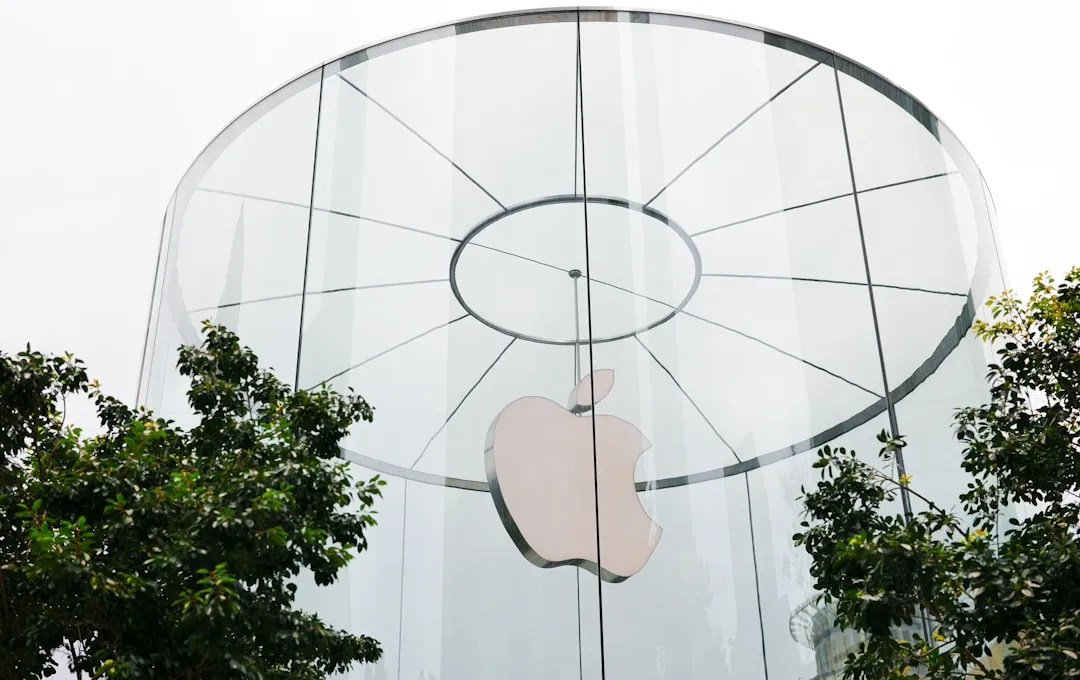


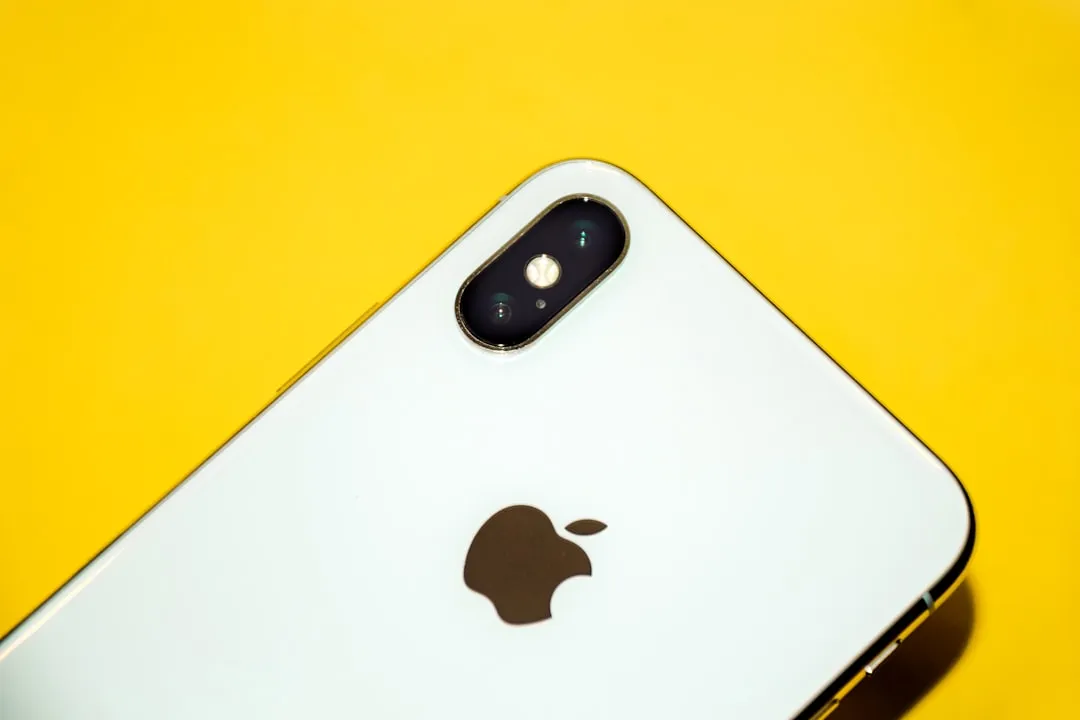

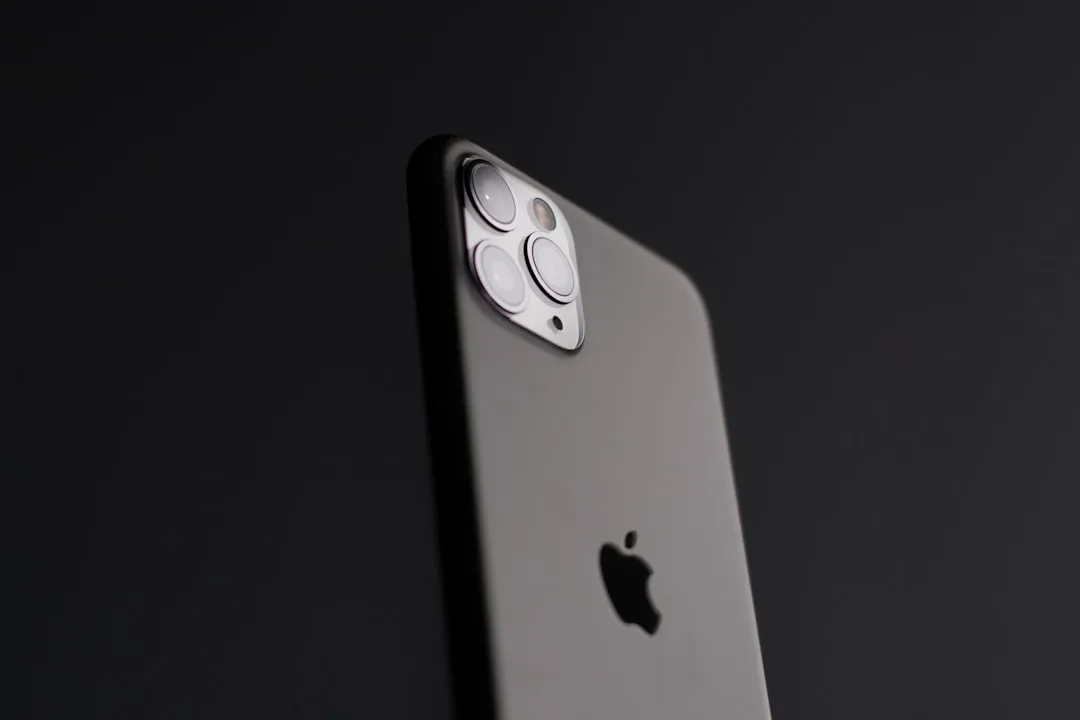


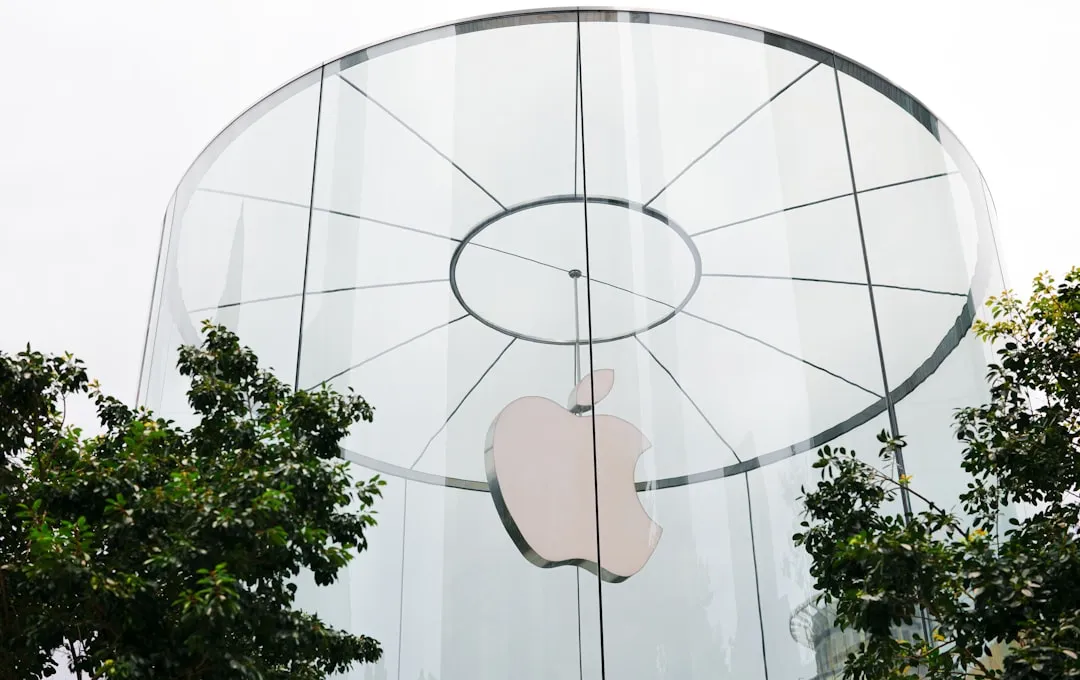
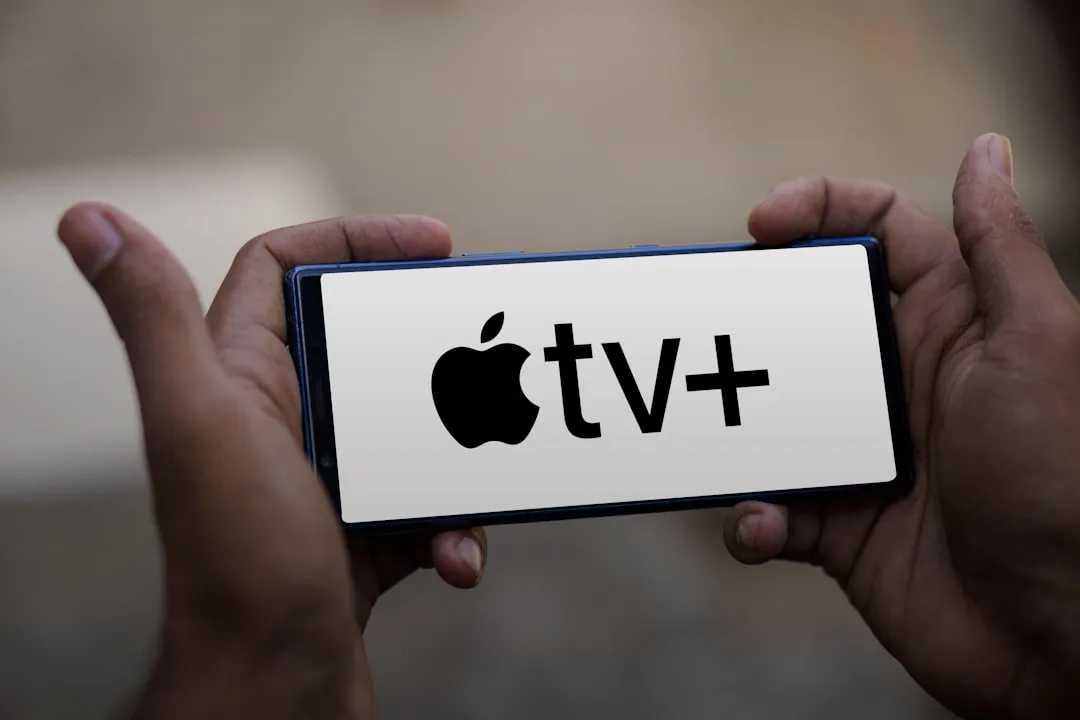
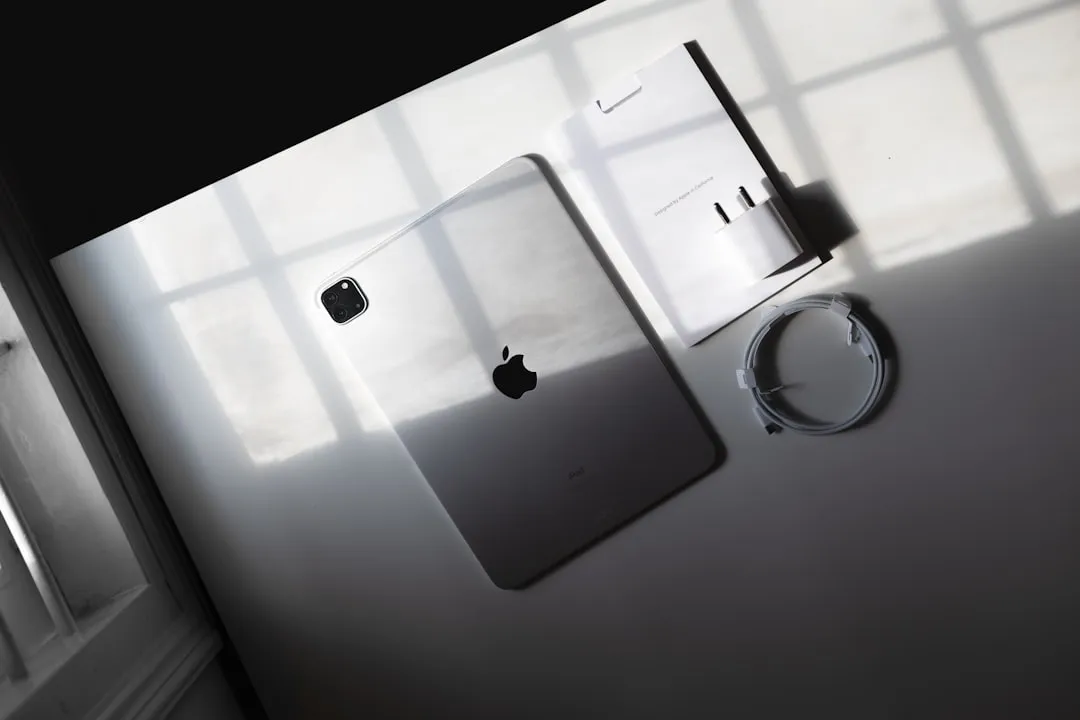
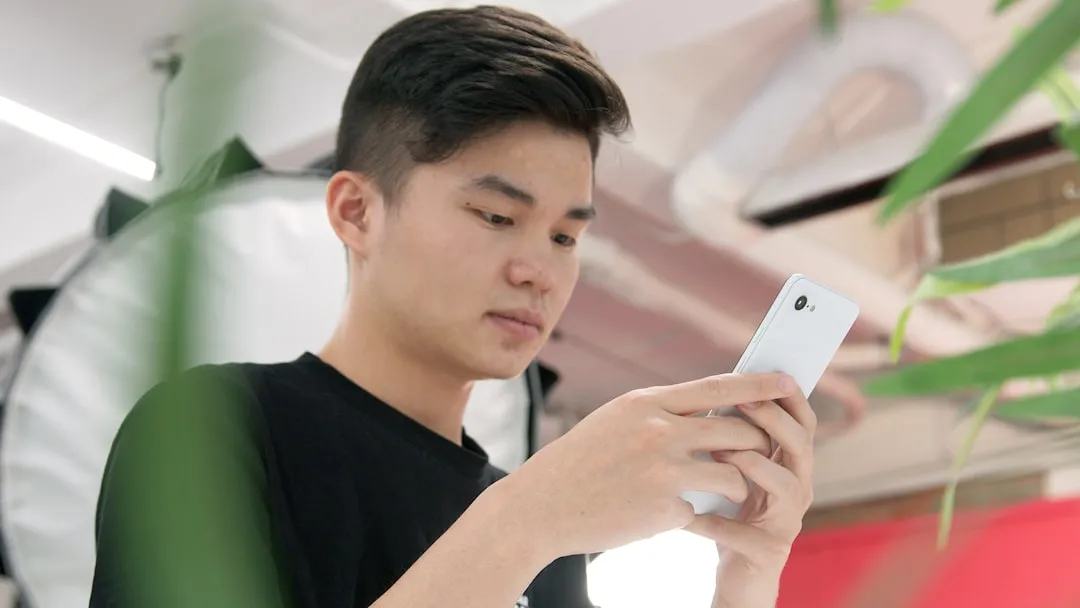
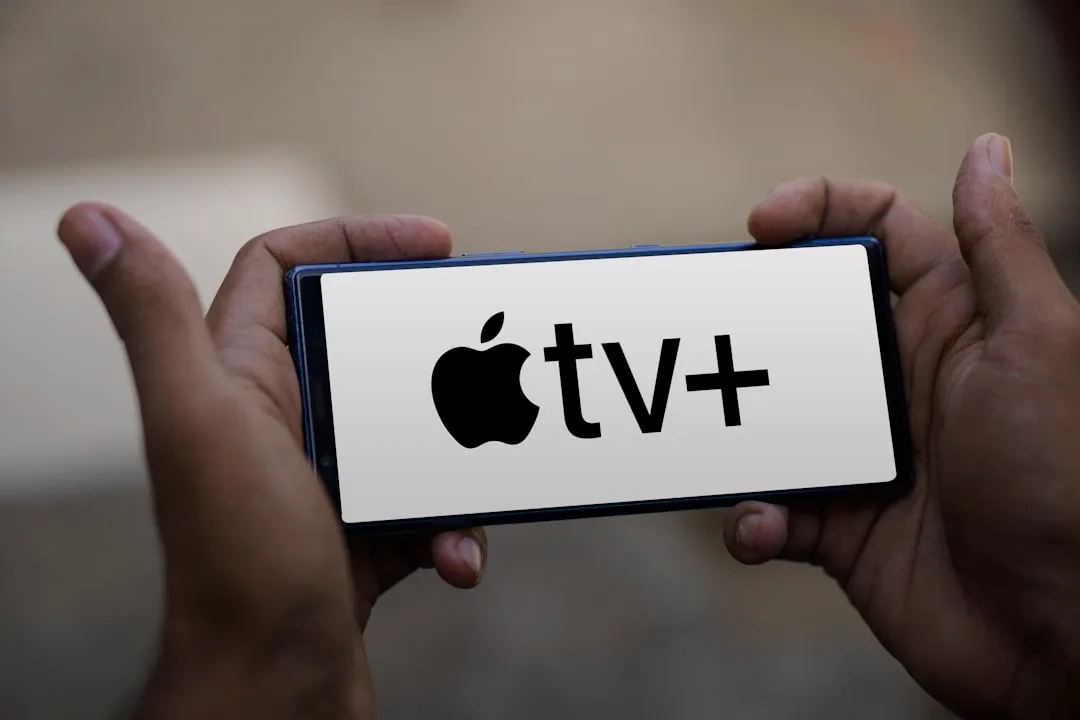

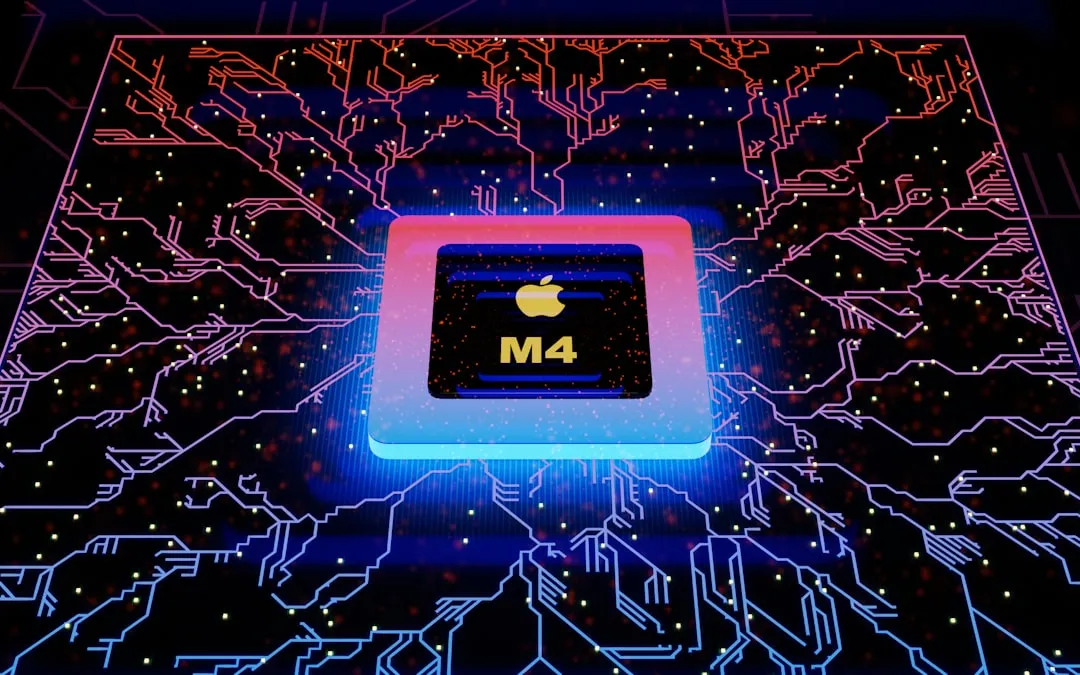
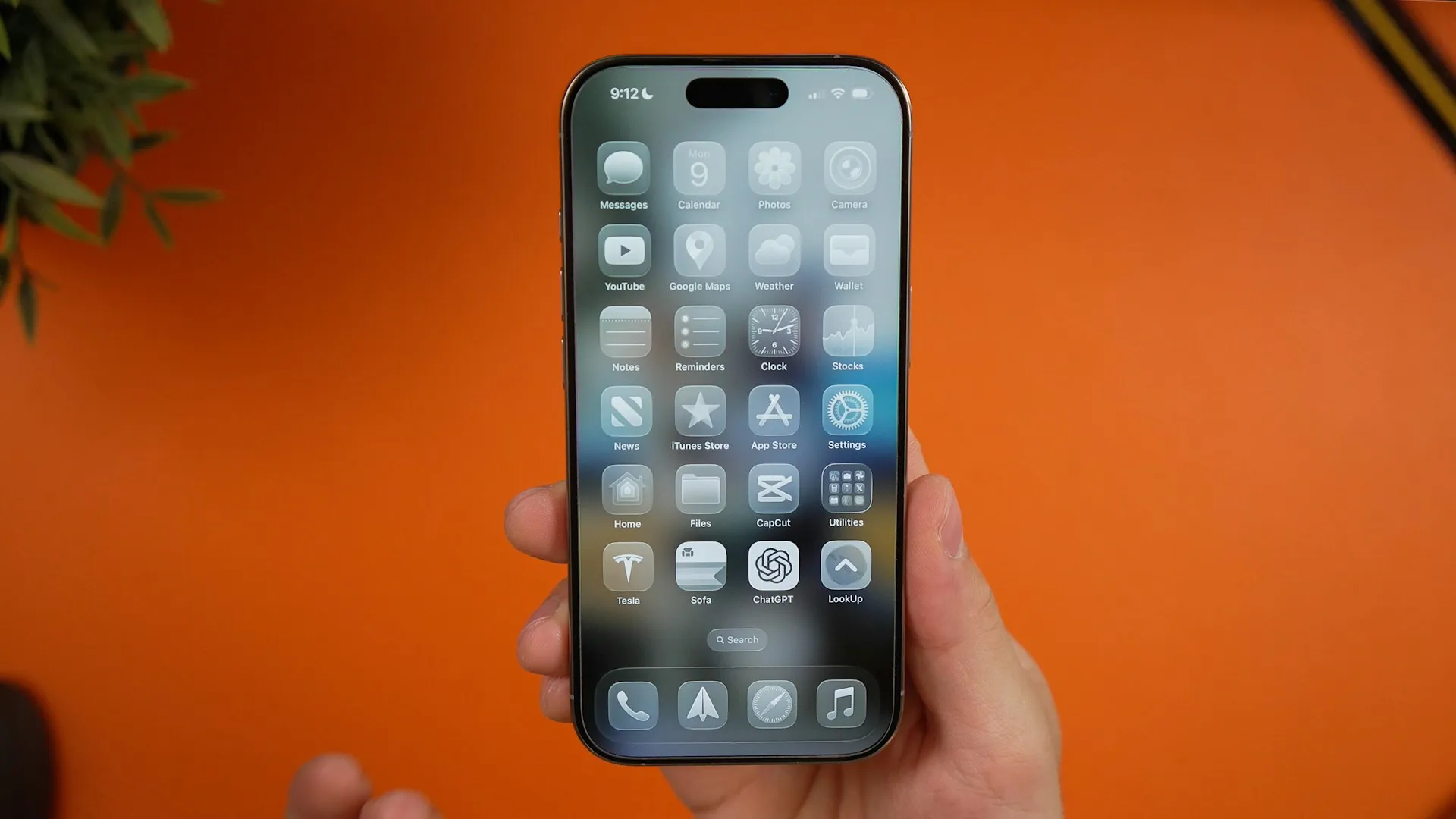

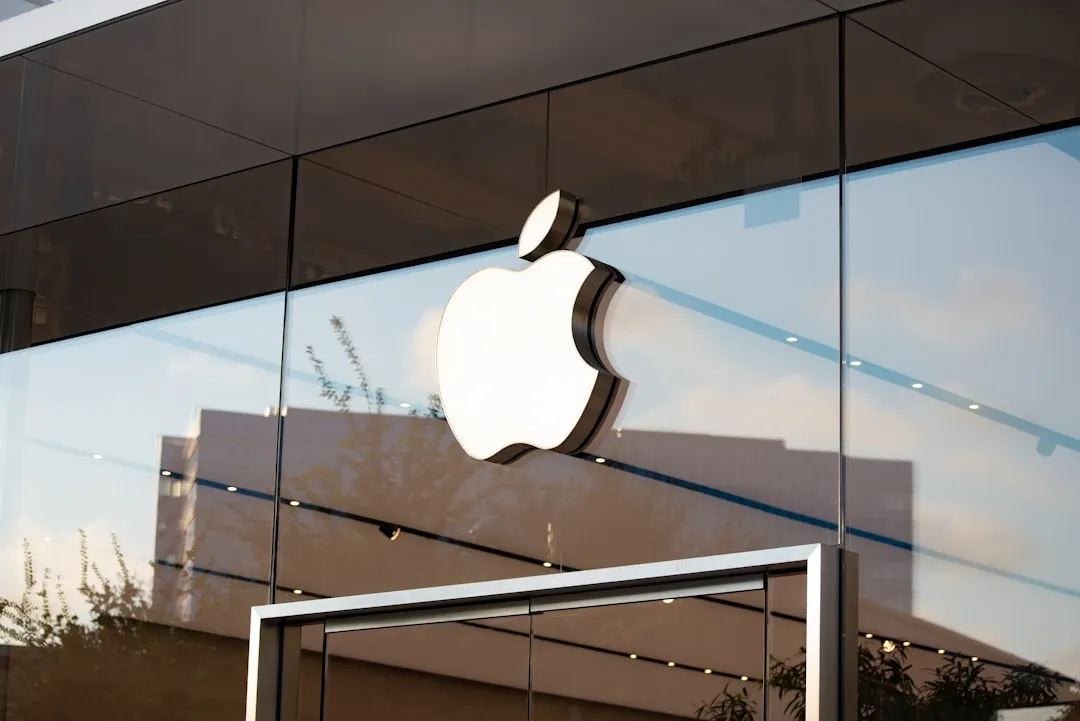



Comments
Be the first, drop a comment!